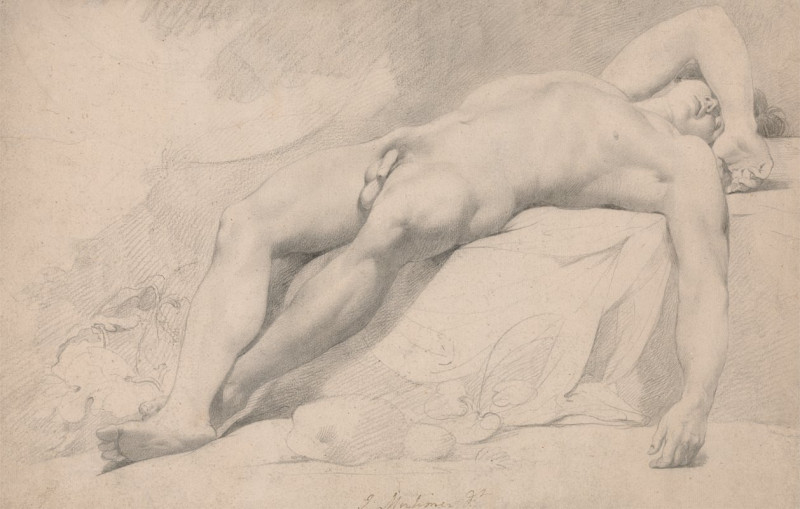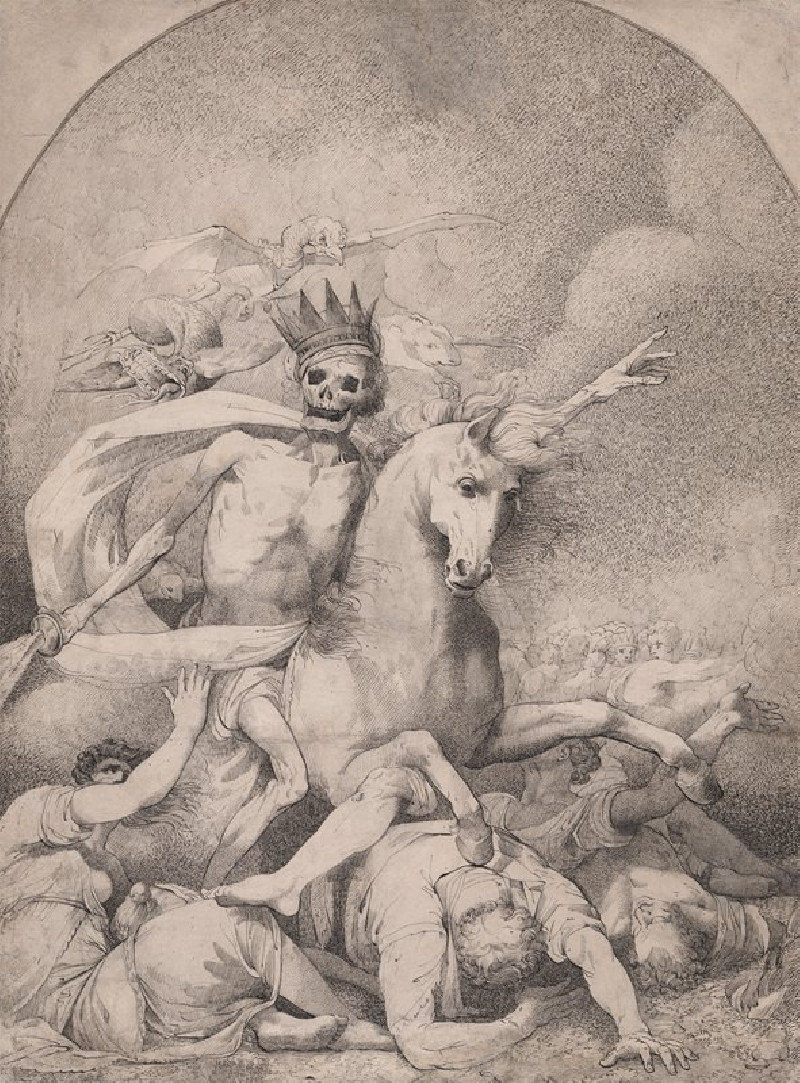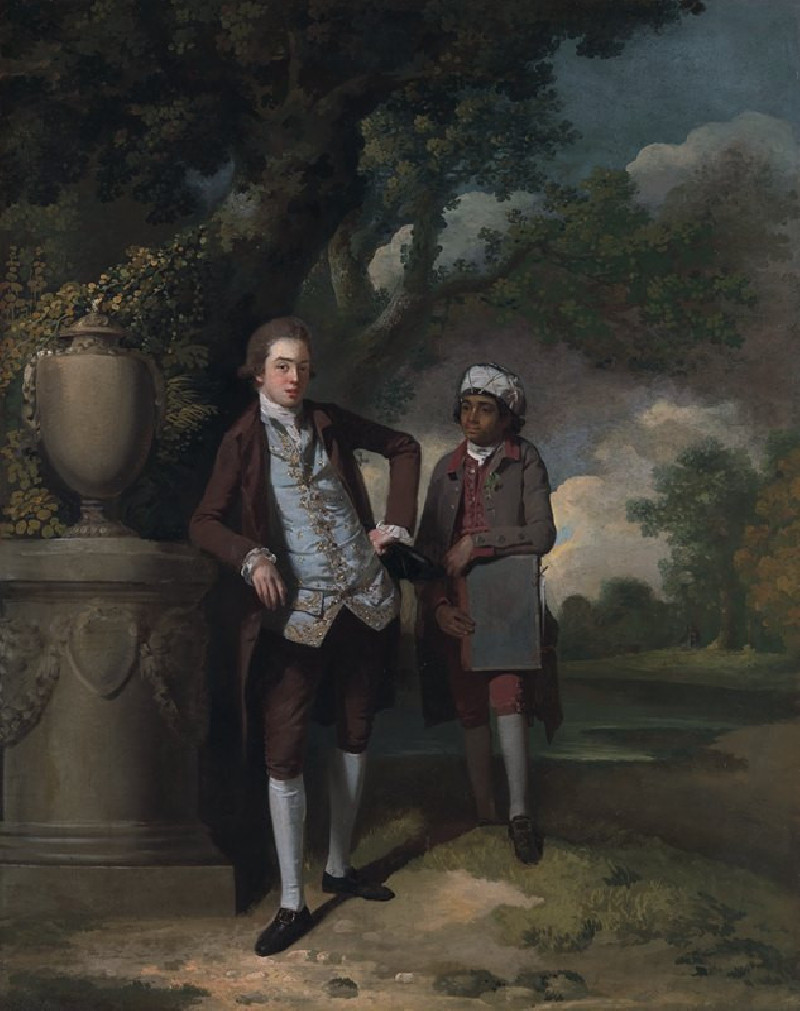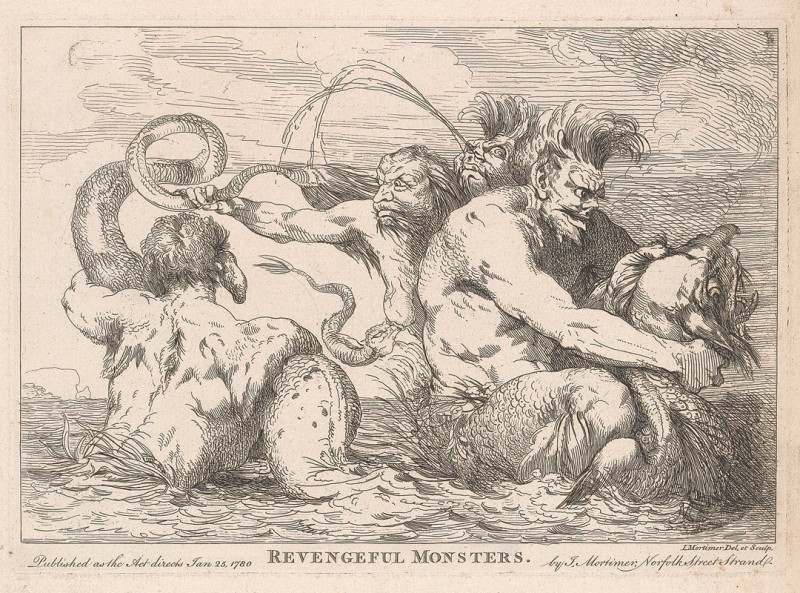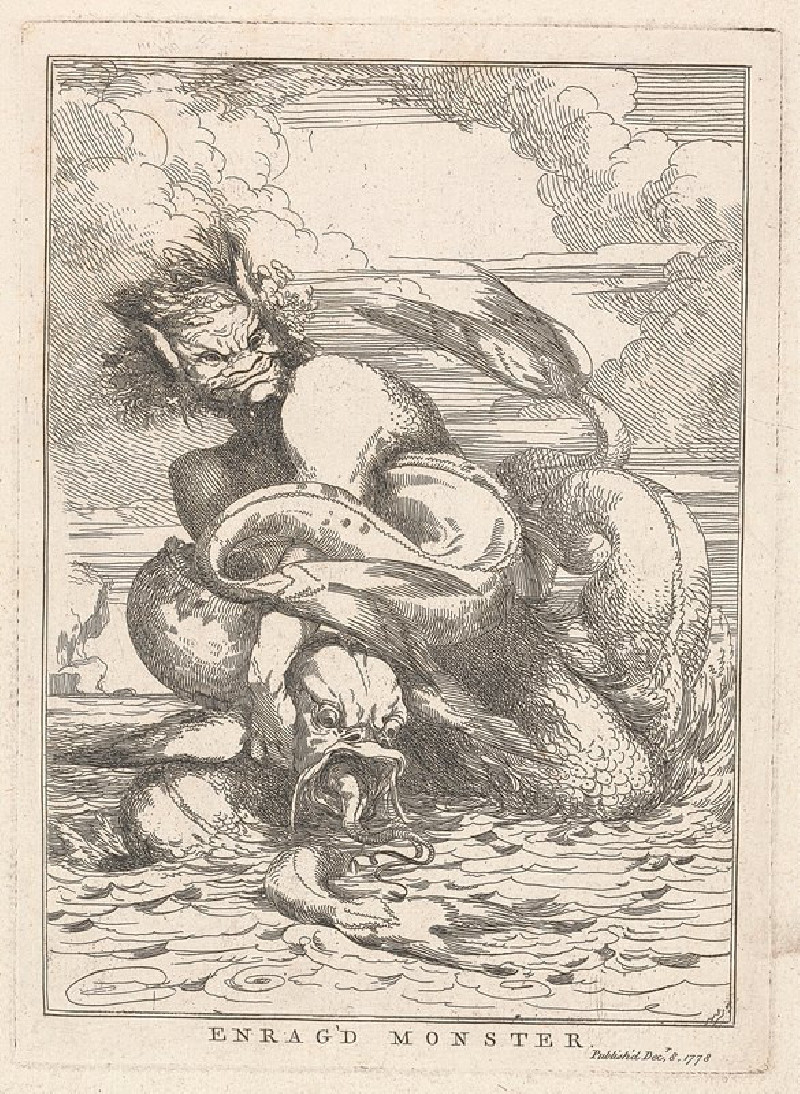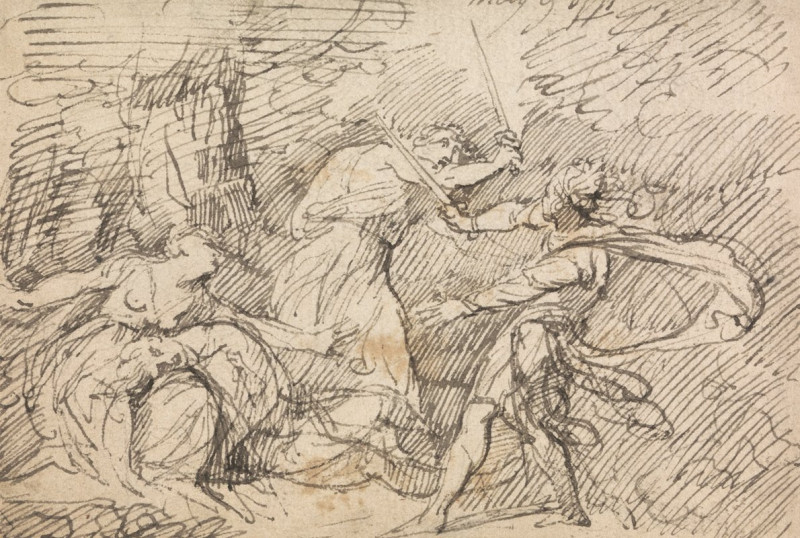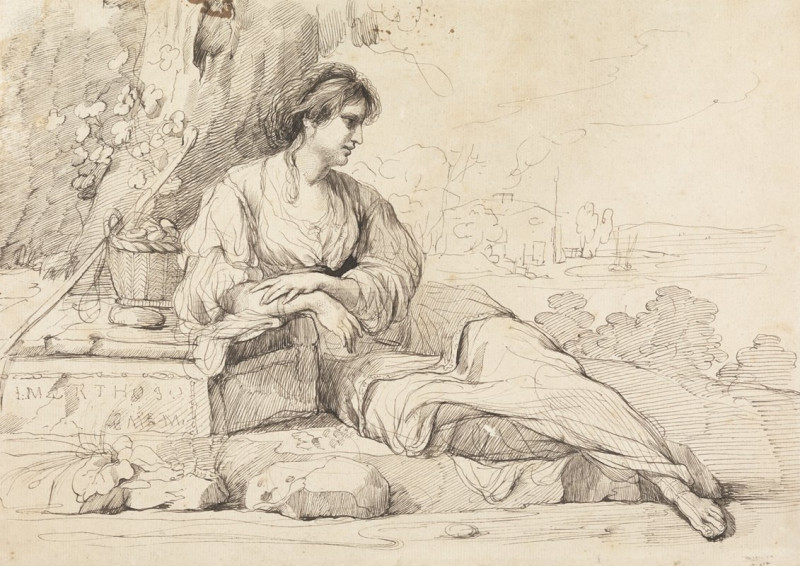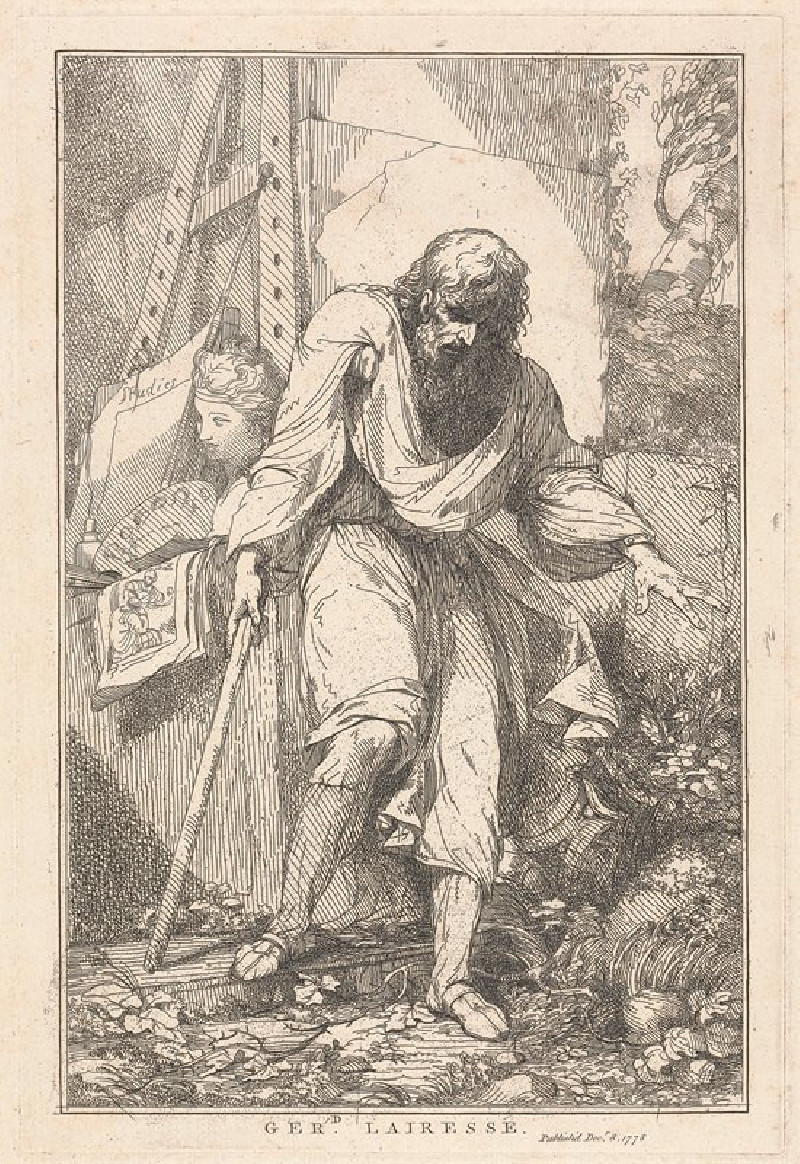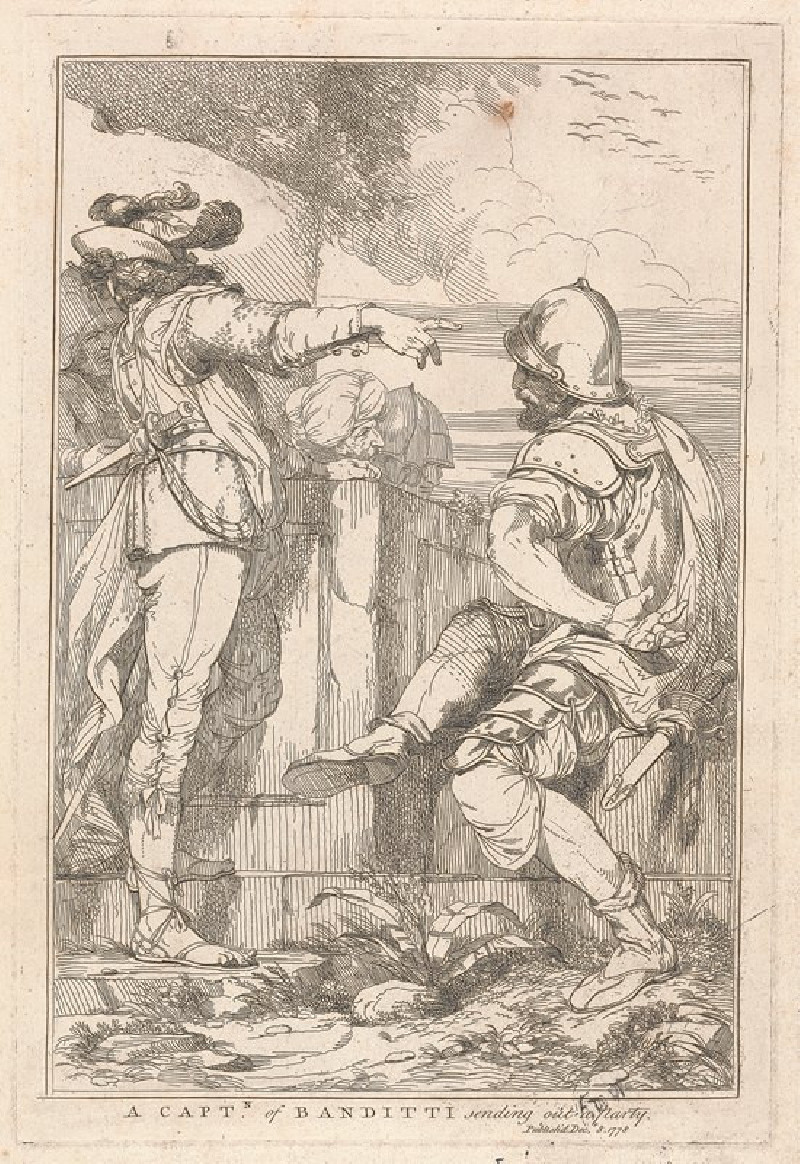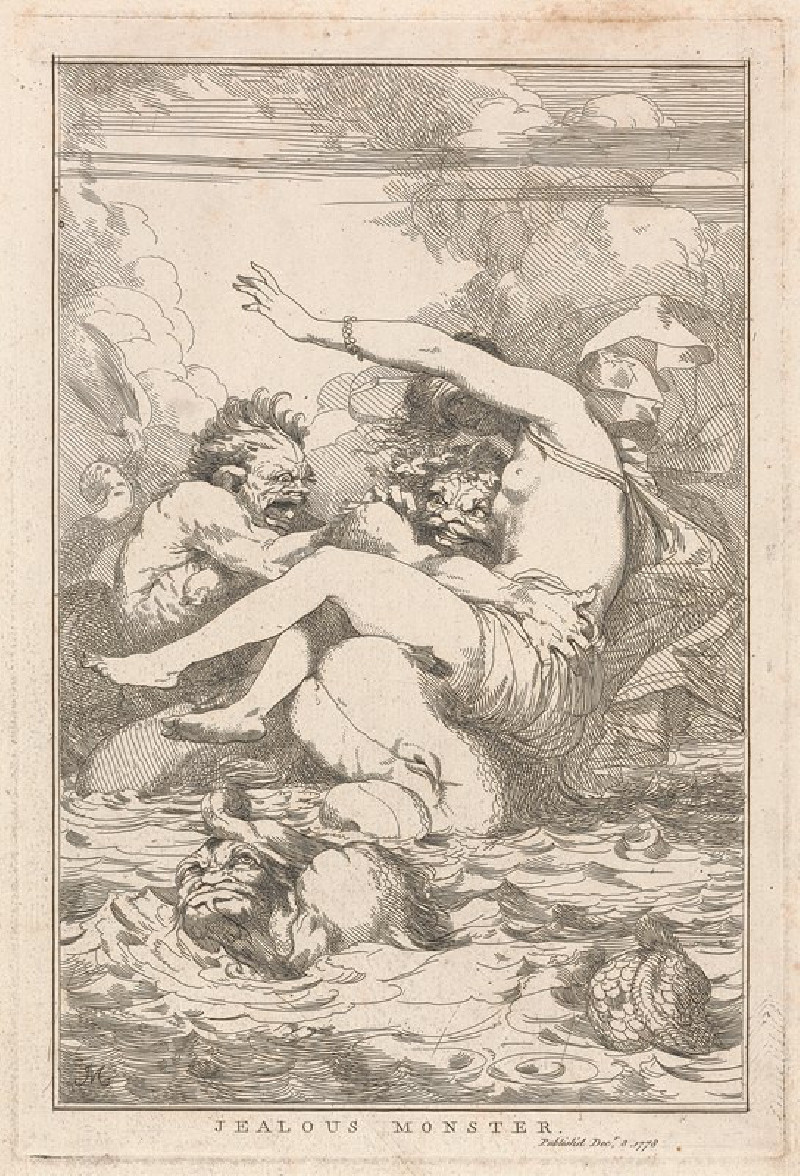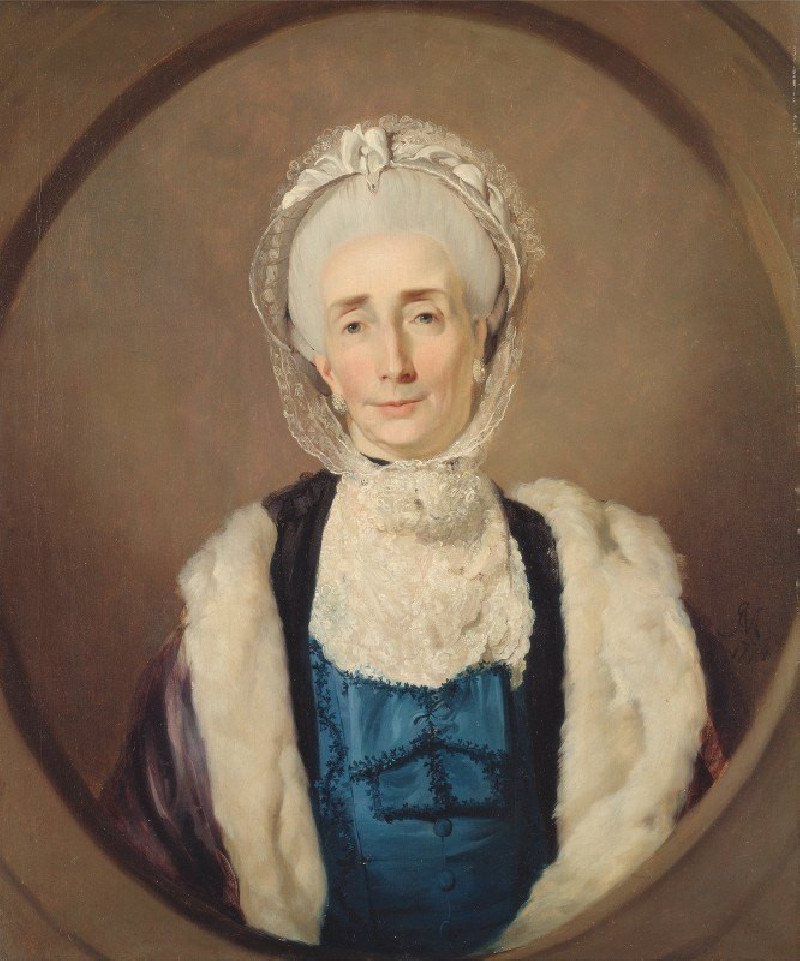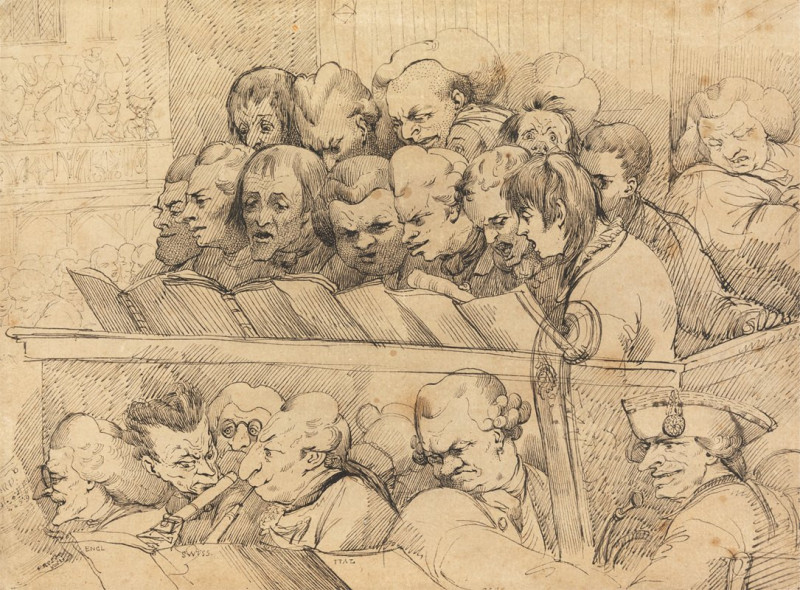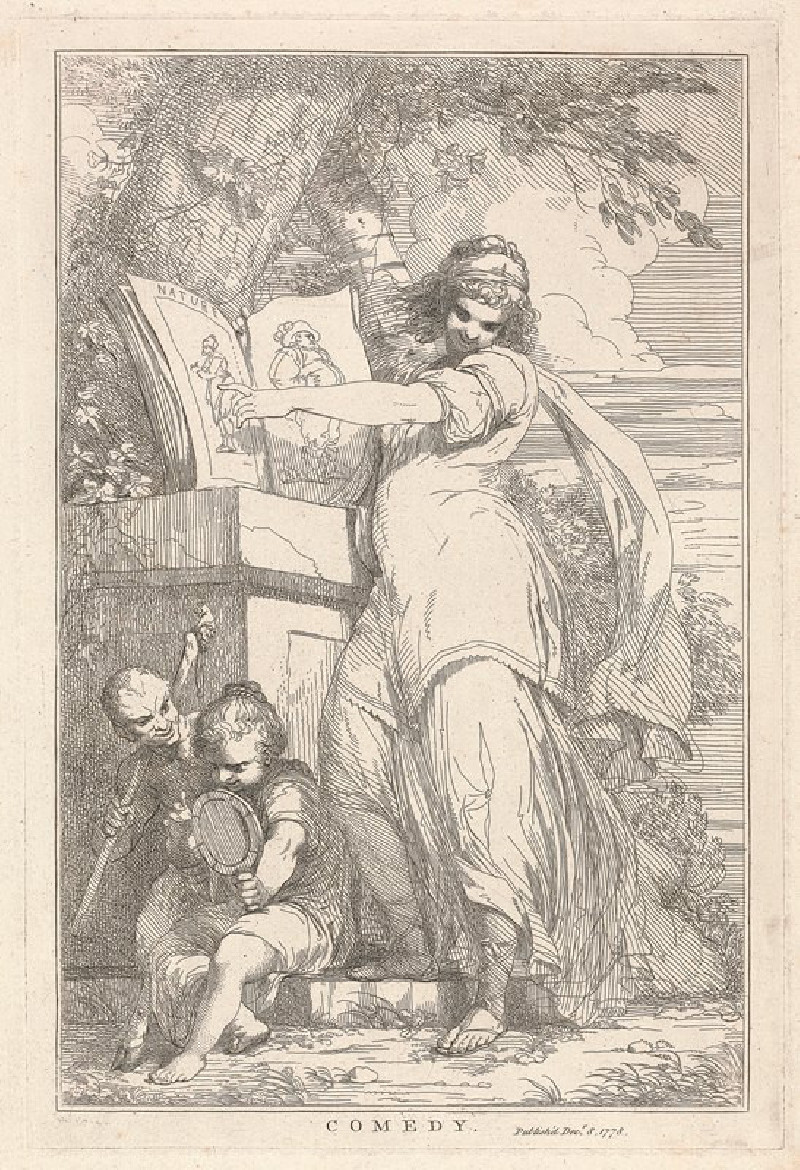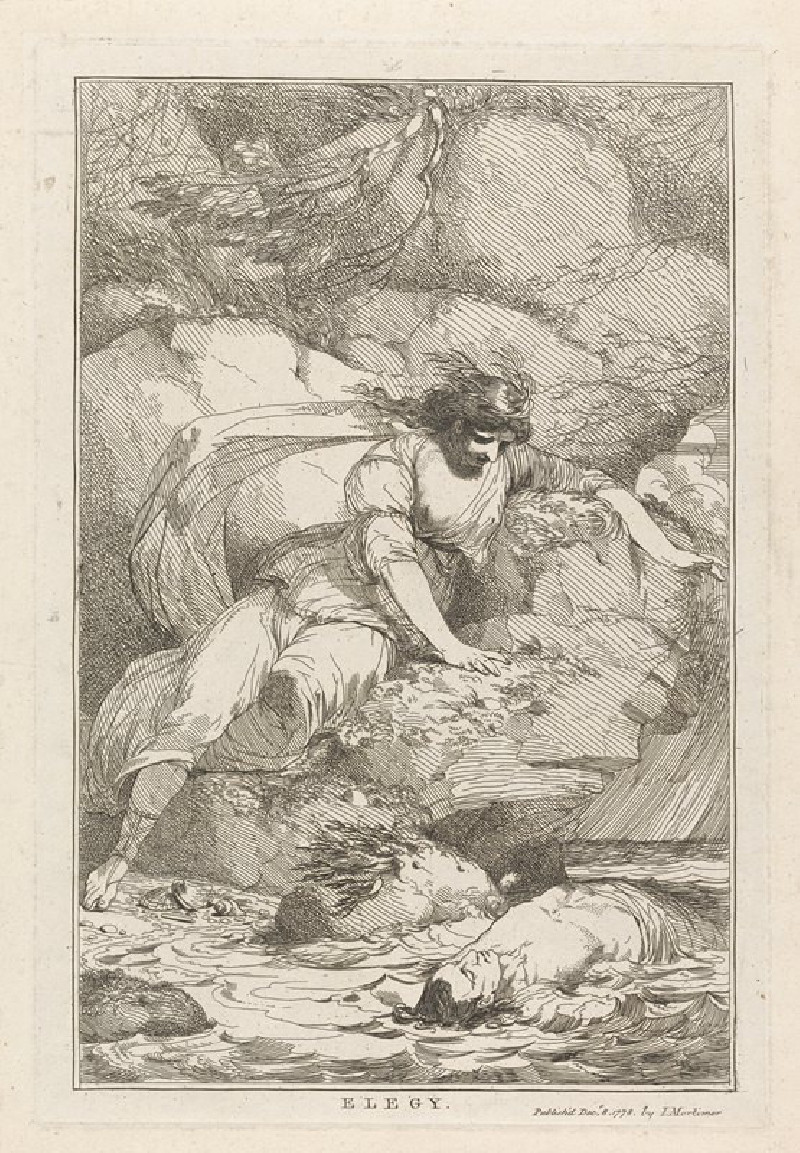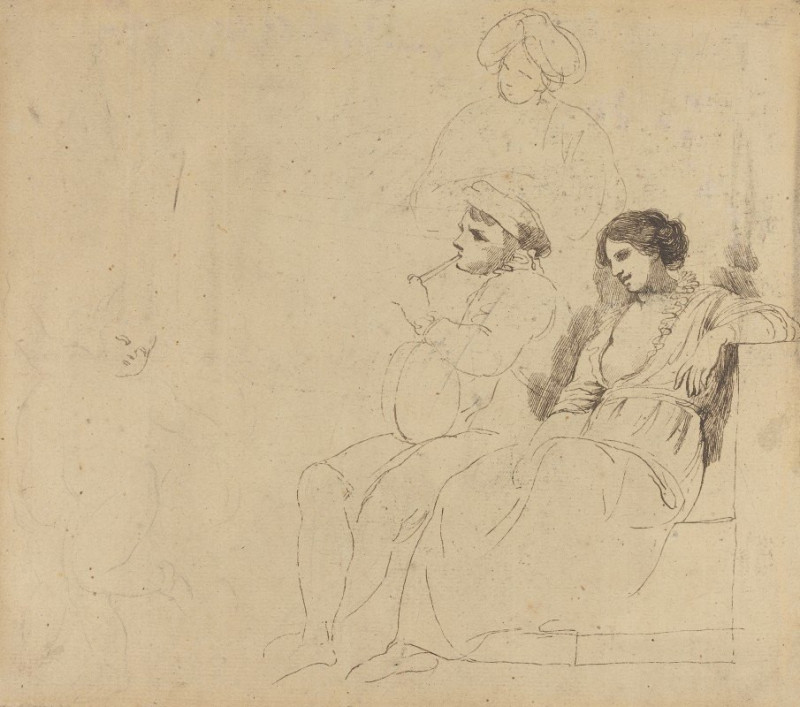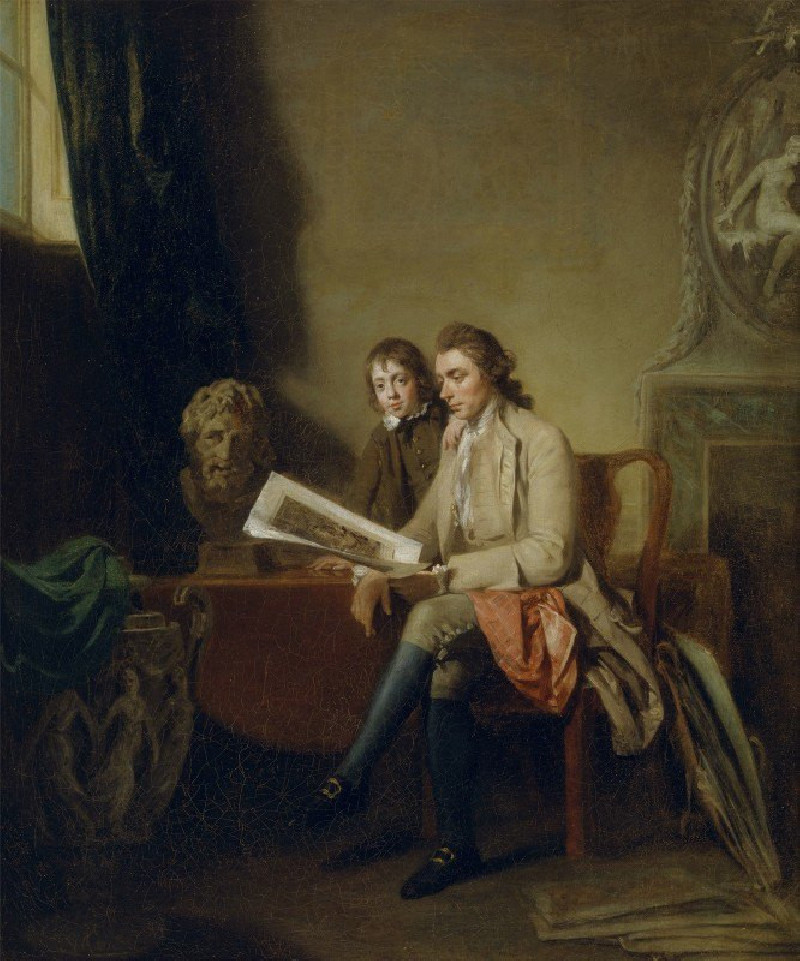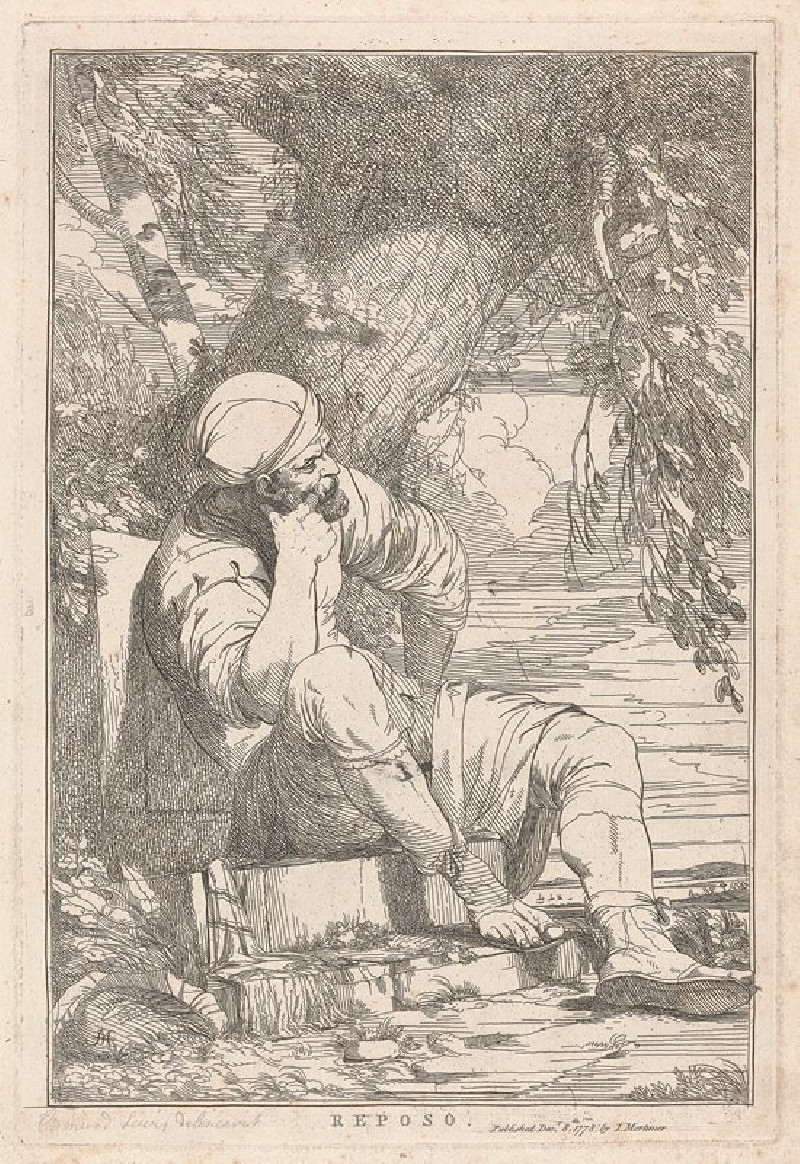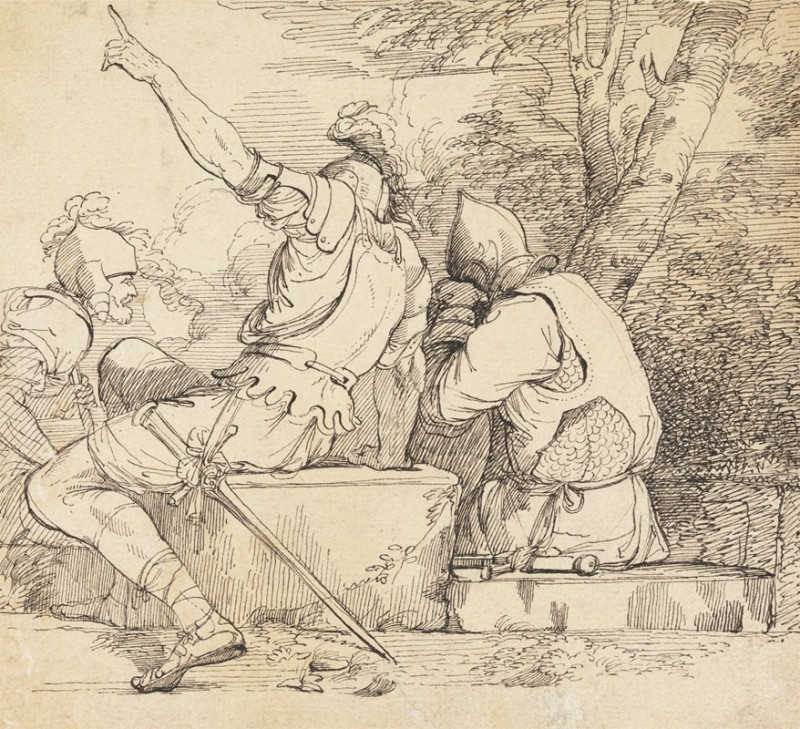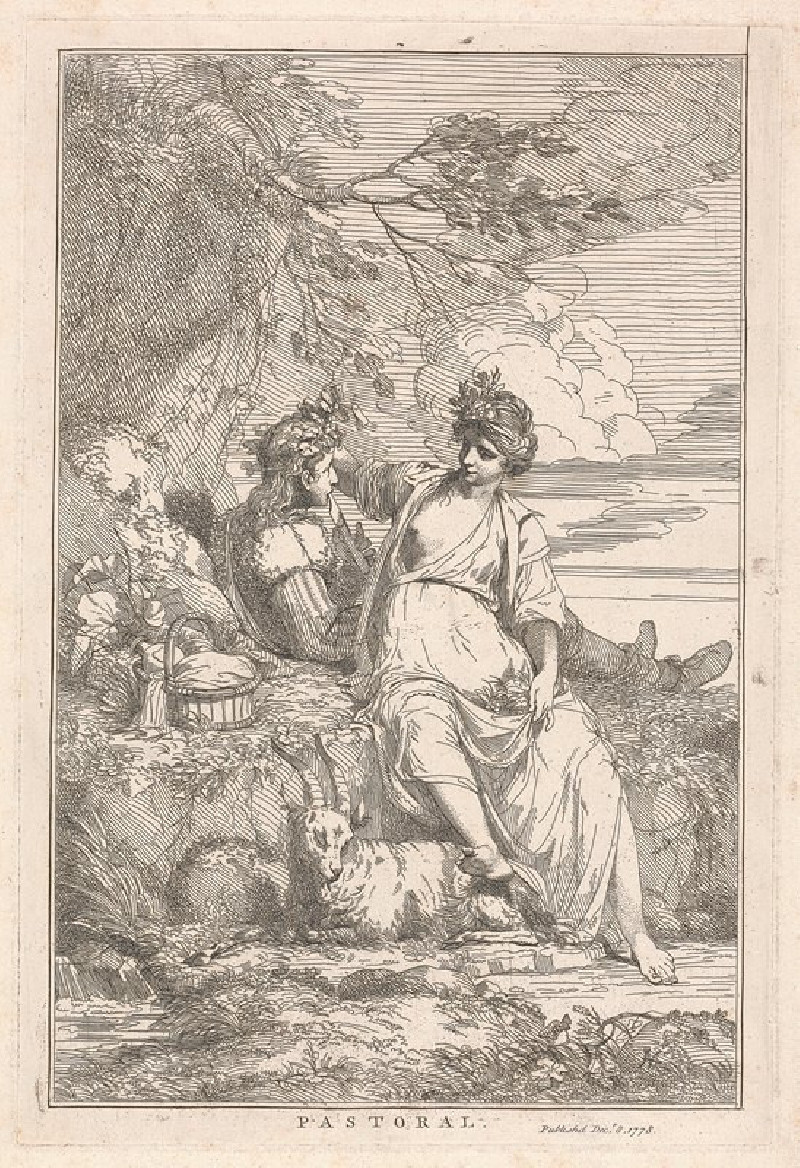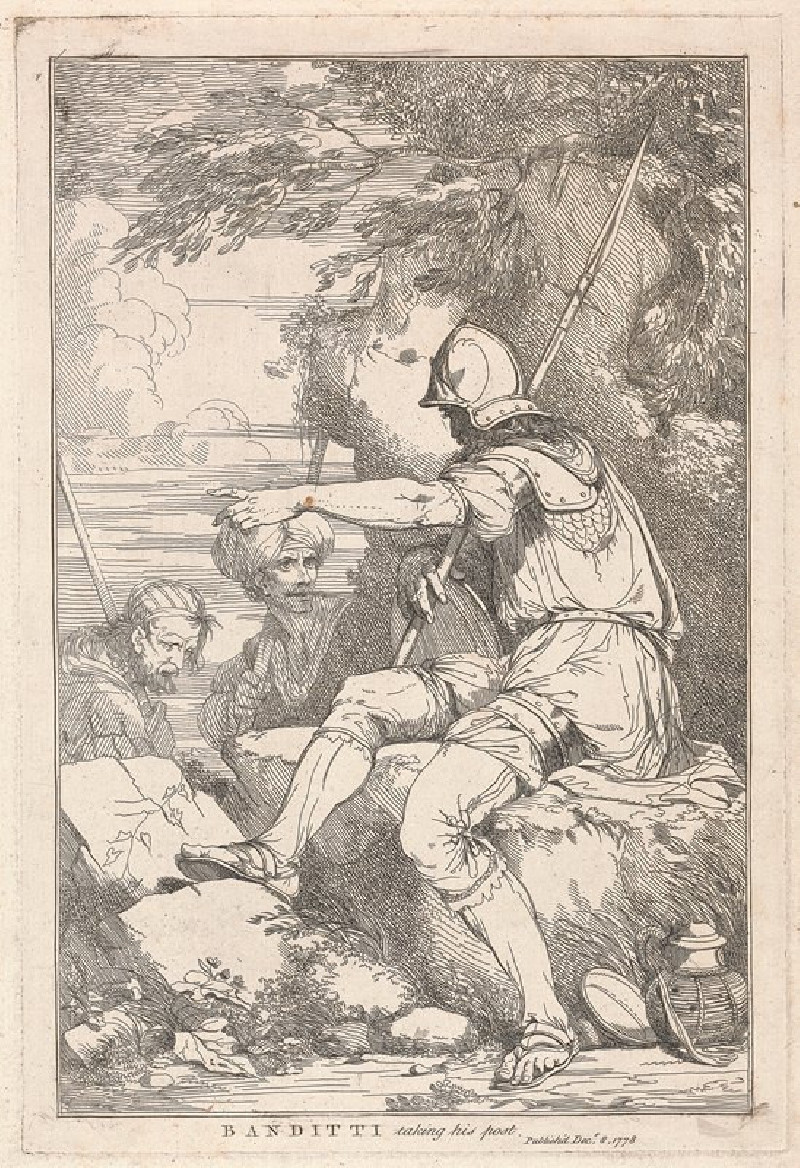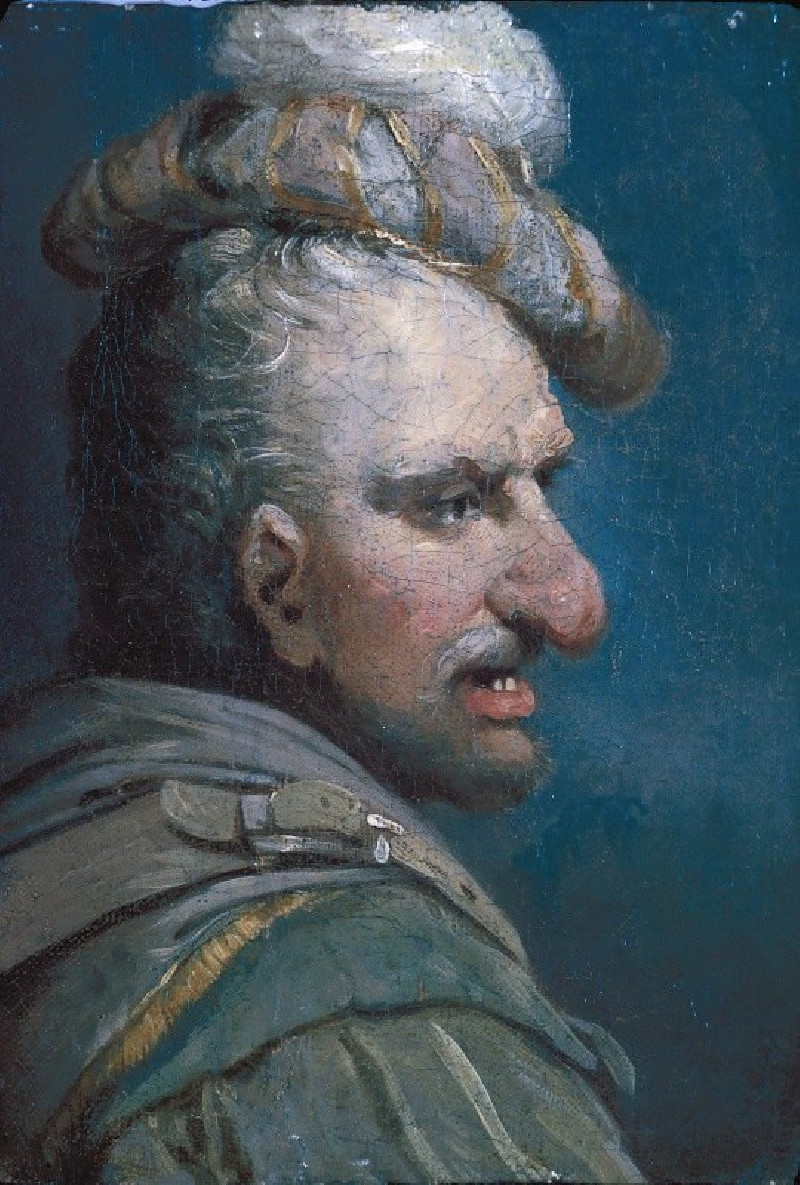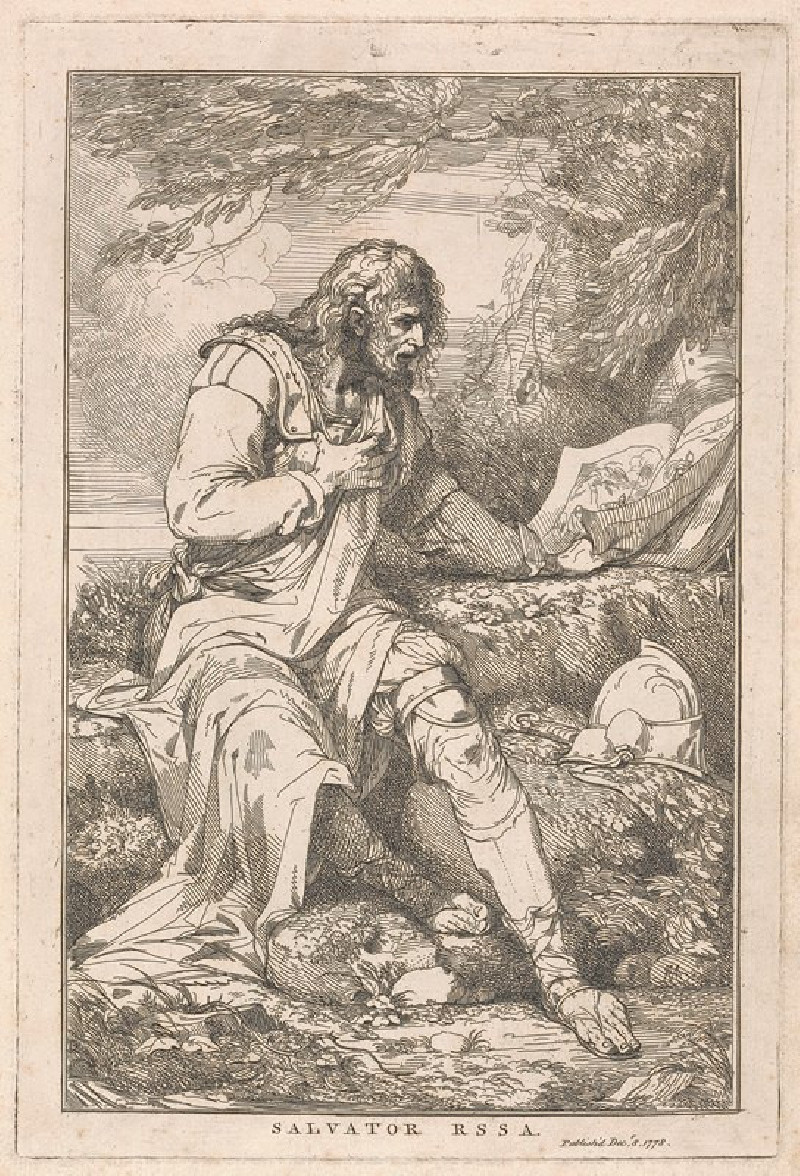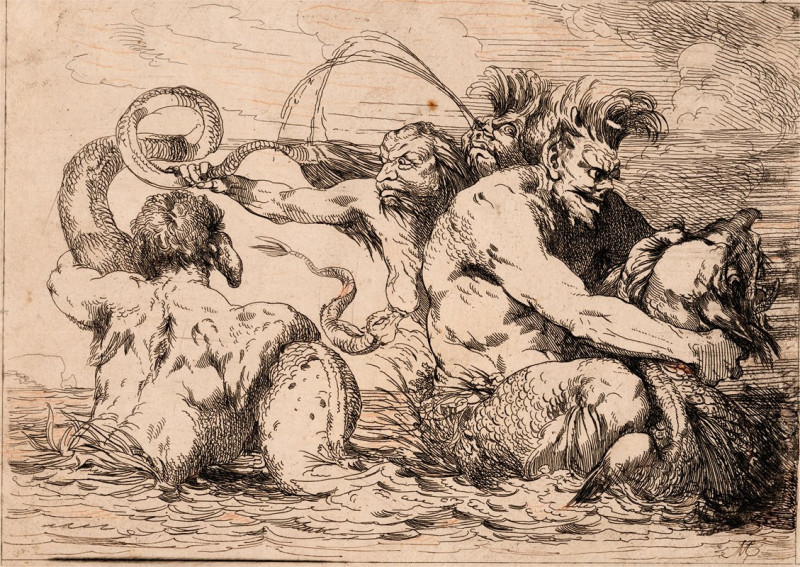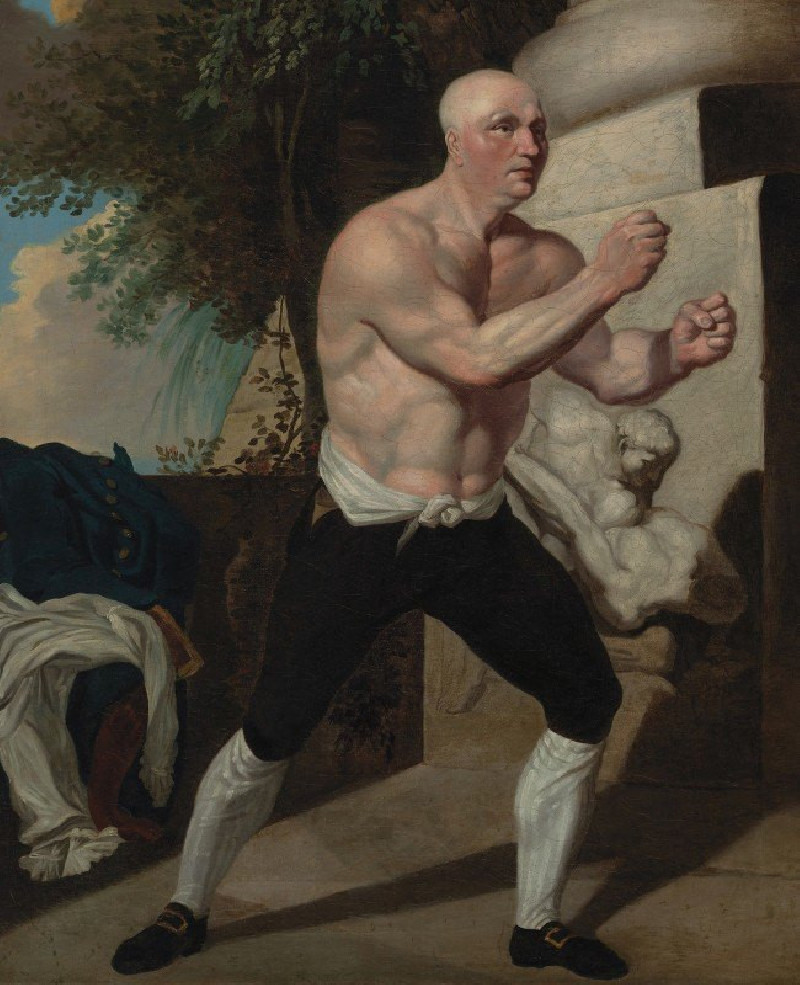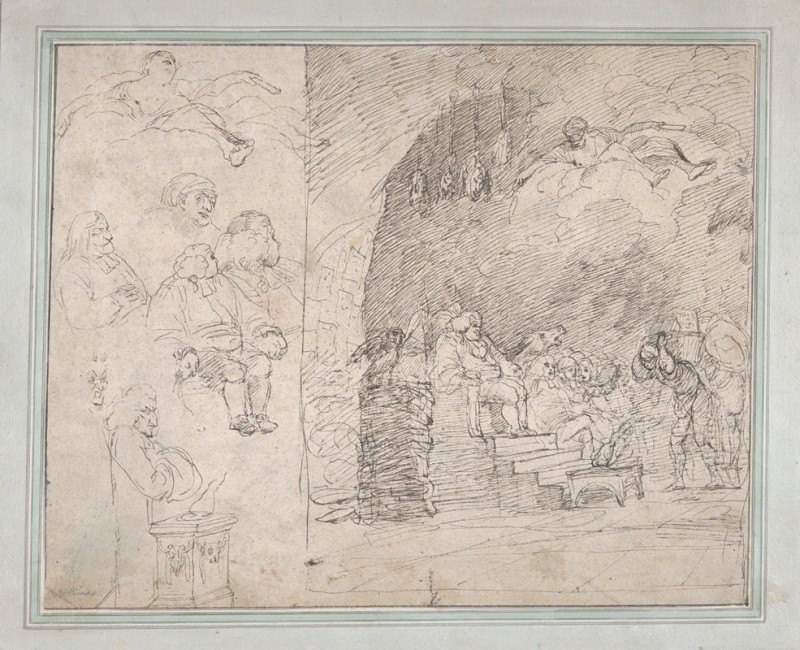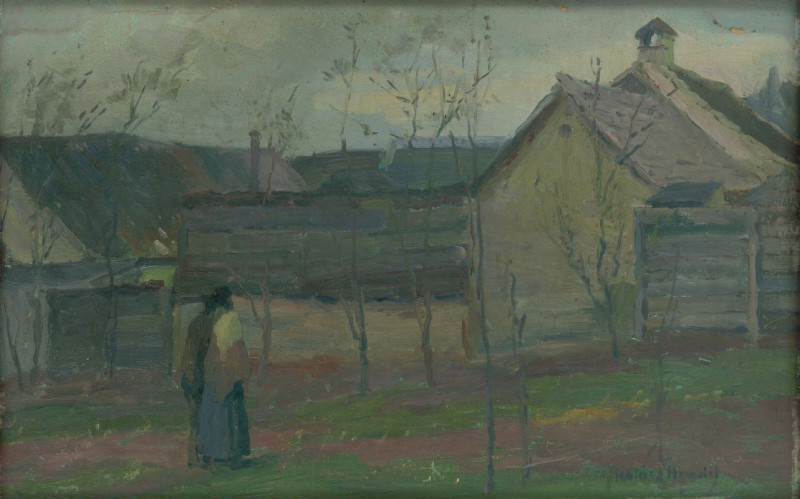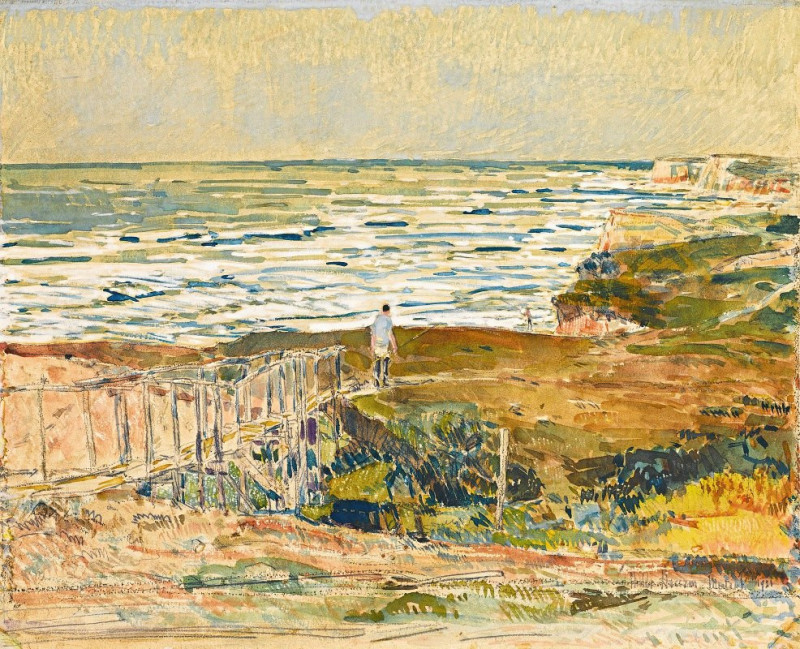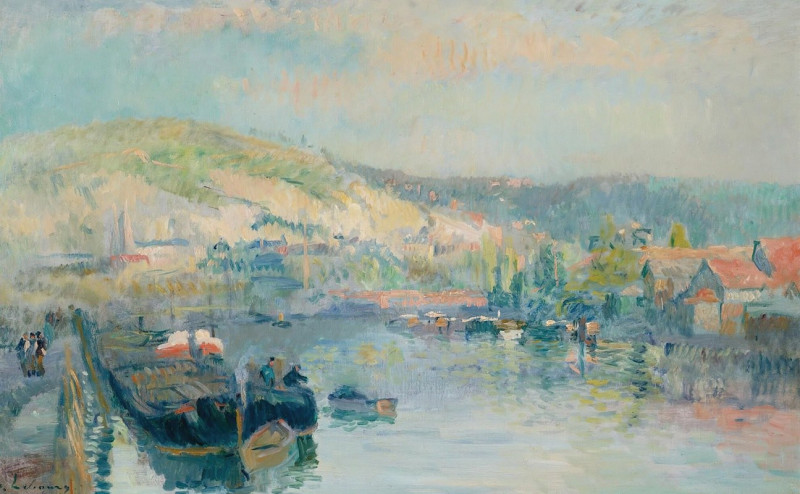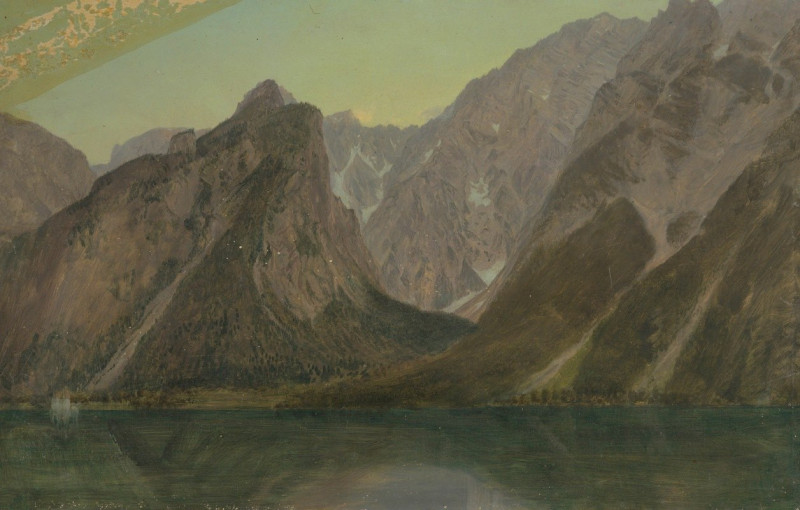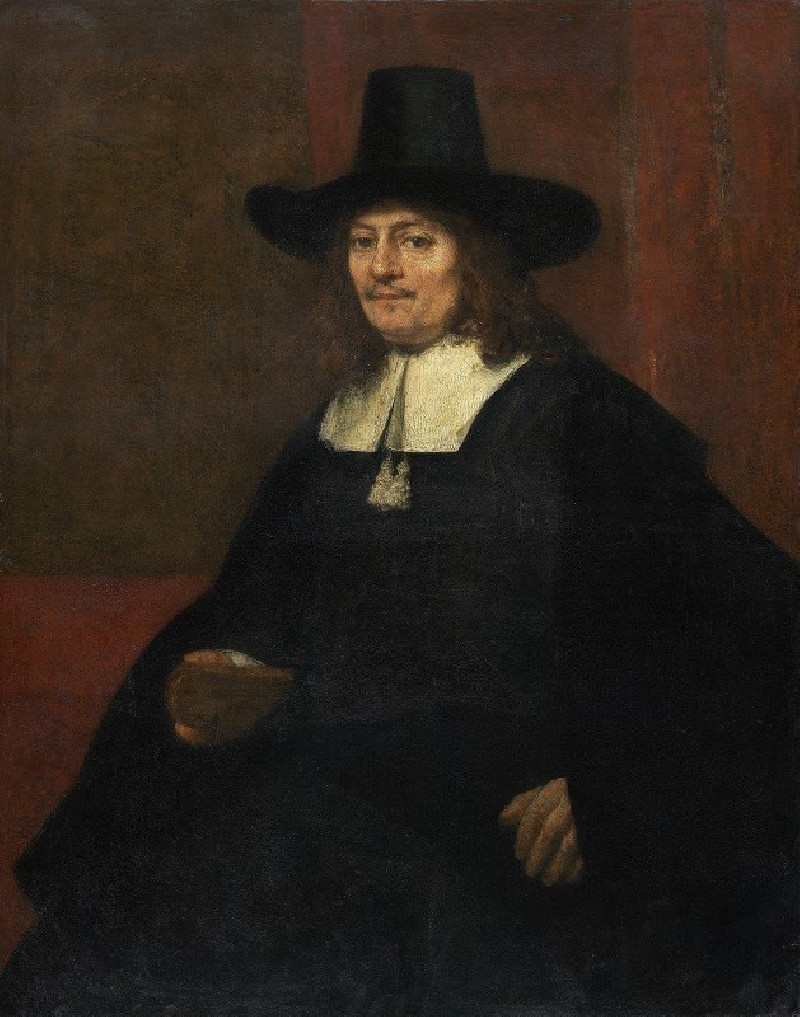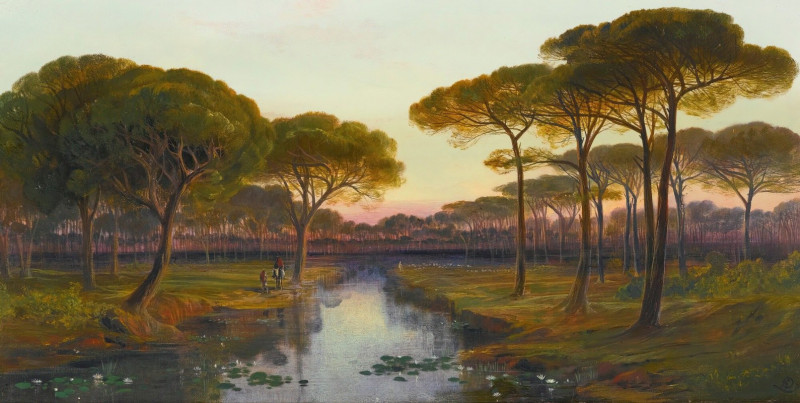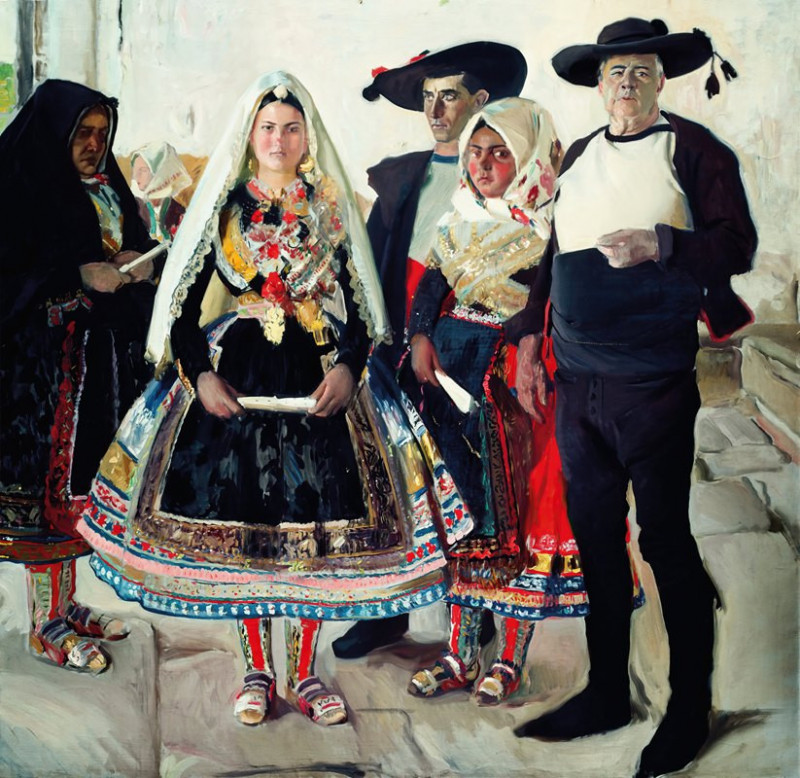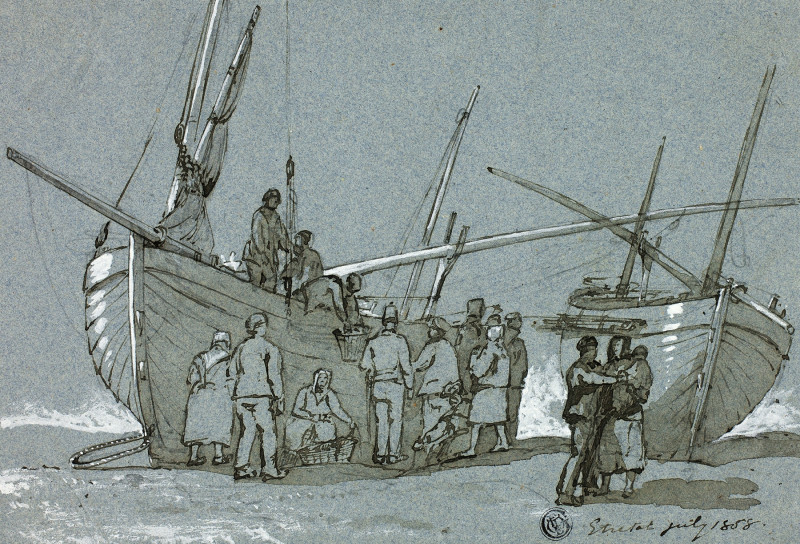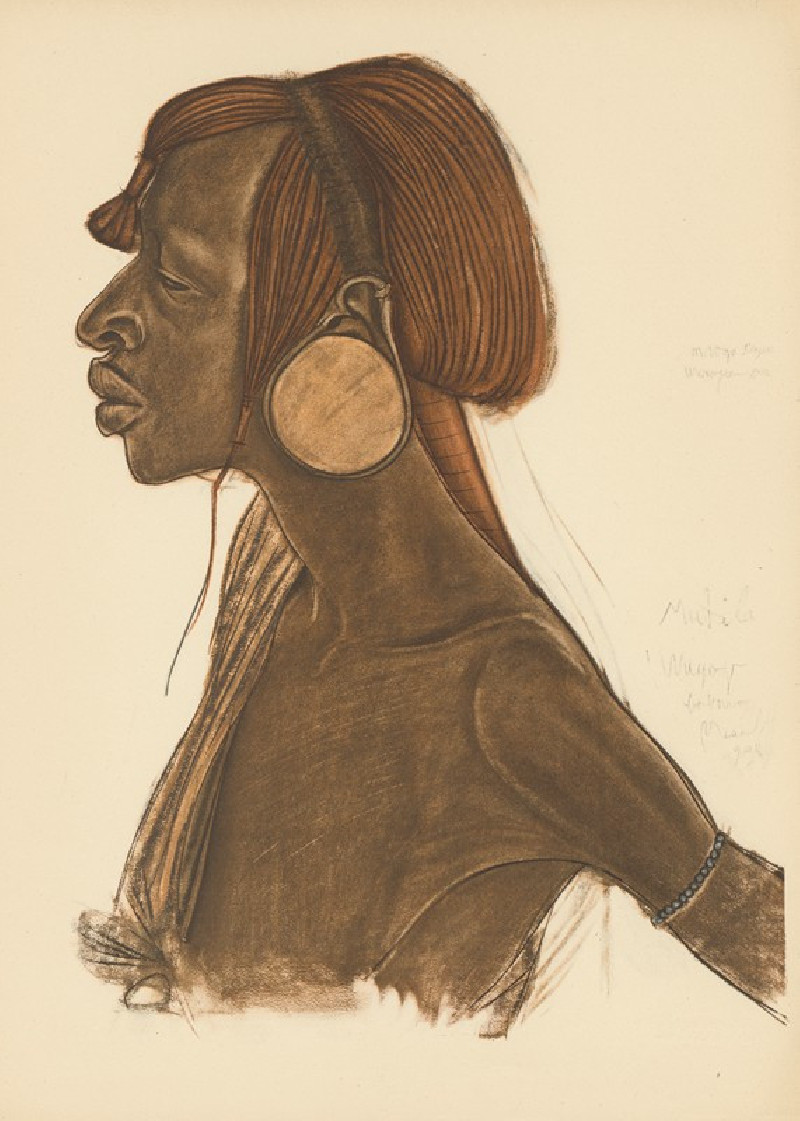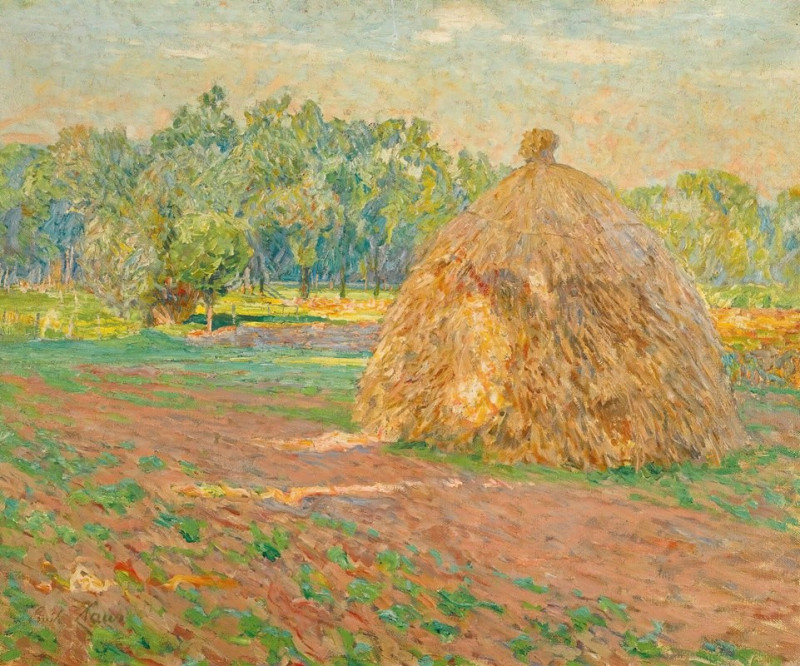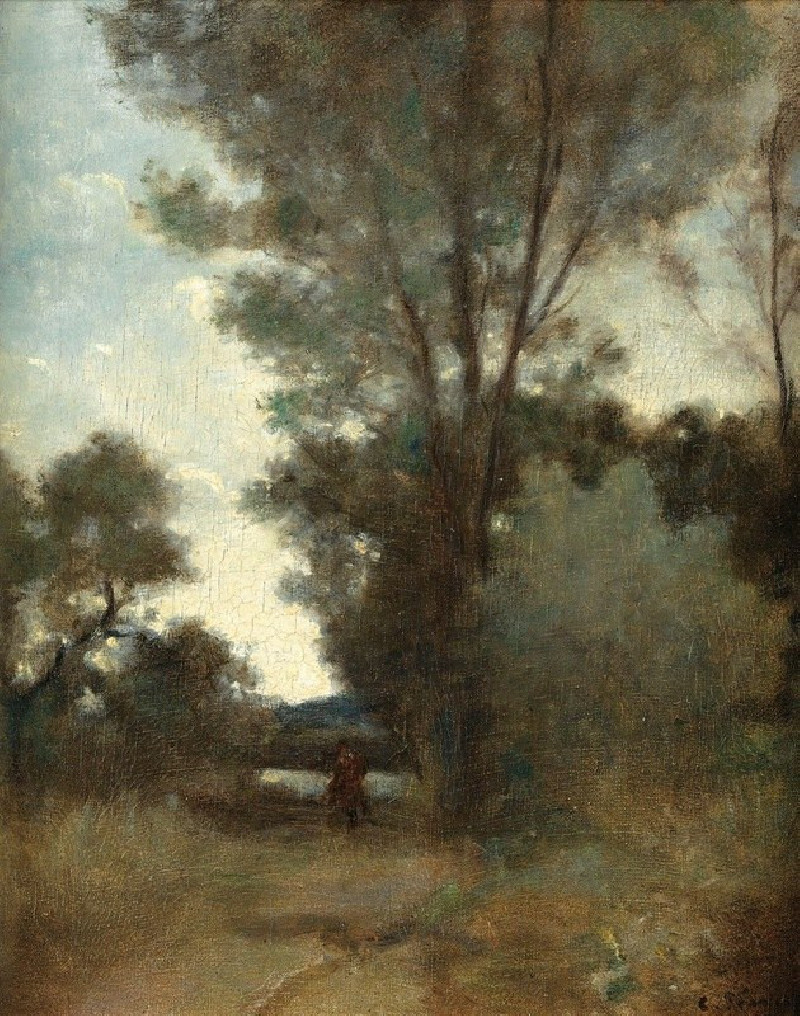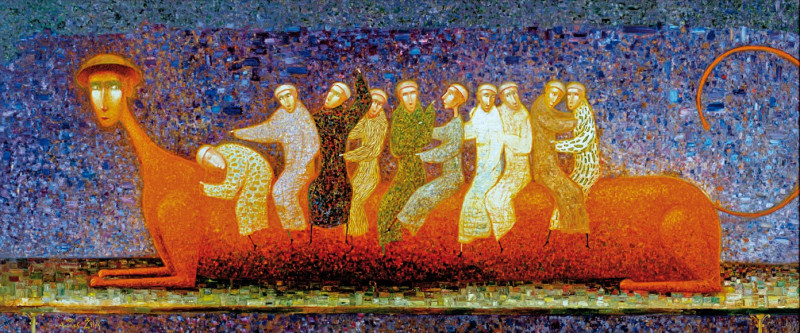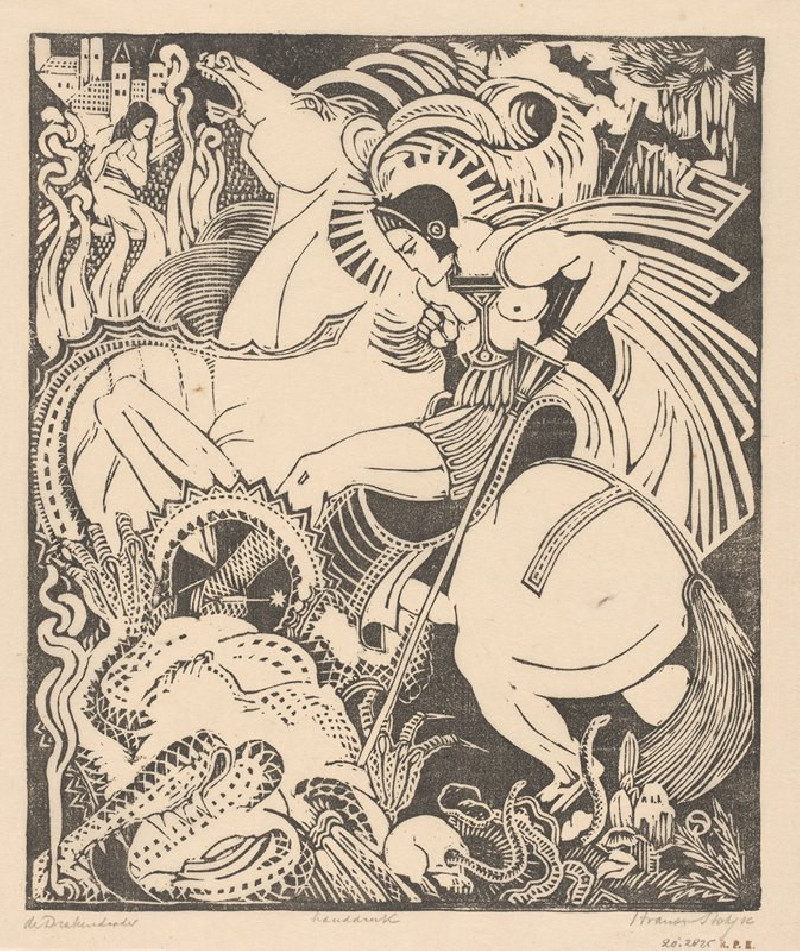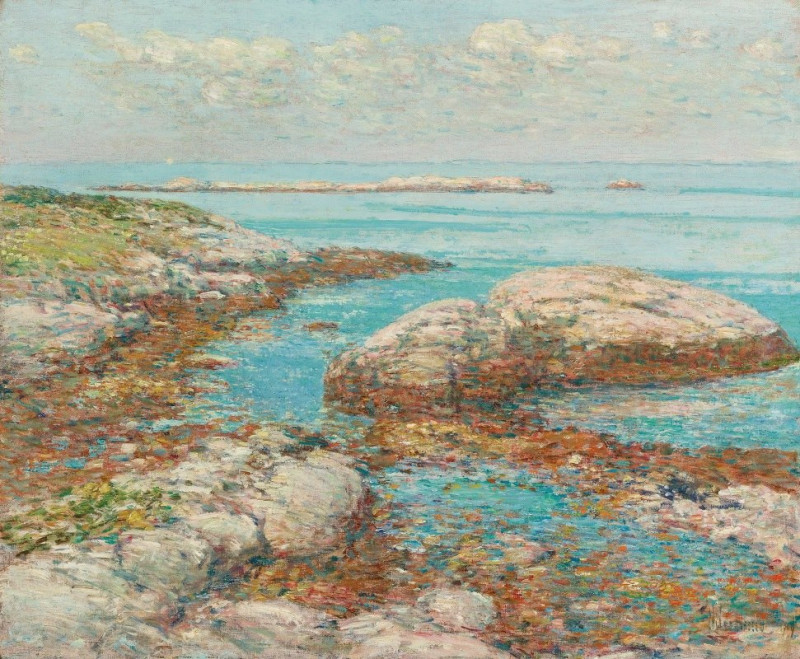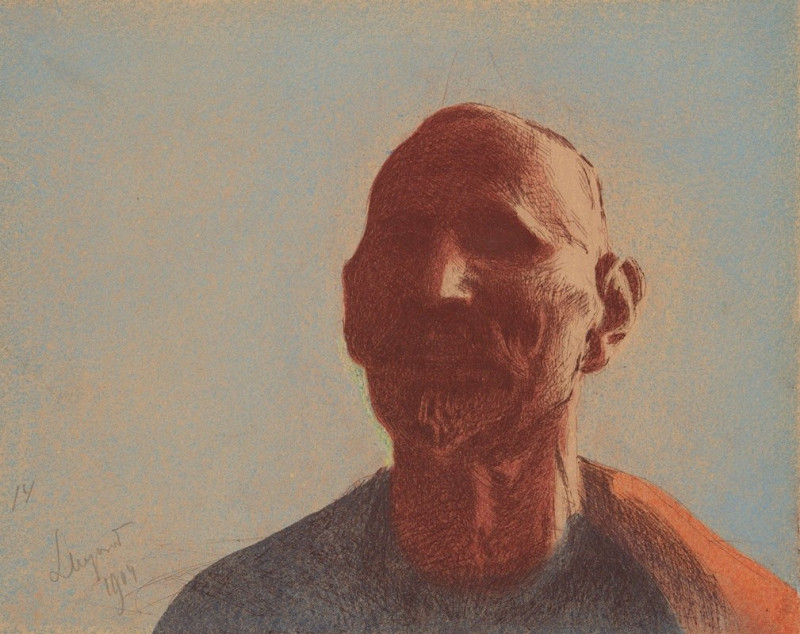Mucius Scaevolo
Technique: Giclée quality print
Recommended by our customers
More about this artwork
John Hamilton Mortimer's drawing titled "Mucius Scaevola" portrays a dramatic and pivotal moment from Roman history, encapsulating themes of bravery and patriotism. In this delicate pencil sketch, Mortimer captures the scene where Mucius Scaevola, a young Roman, demonstrates his stoic courage before the Etruscan king Porsenna.The central figure in the drawing, Scaevola, is depicted with his right hand extended towards a burning brazier, a symbol of his stoic self-sacrifice. He stands resolved, his face marked by a mixture of pain and determination, illustrating his act of burning his hand as proof of his resolve and fearlessness in the face of the enemy. His act was meant to demonstrate to Porsenna the lengths to which Romans would go in their dedication to Rome’s cause.Around Scaevola, various onlookers react in varied ways; their expressions range from shock and horror to admiration and dismay, effectively capturing the tension of the moment. Each figure is sketched with light yet assured strokes, suggesting both the immediacy of the moment and the fleeting nature of the scene.This drawing is not just a visual recounting of a legendary event, but a nuanced study of human expressions and emotions, showcasing Mortimer’s skill in capturing the psychological intensity in historical narratives.
Delivery
Returns
John Hamilton Mortimer was a British figure and landscape painter and printmaker, known for romantic paintings set in Italy, works depicting conversations, and works drawn in the 1770s portraying war scenes, similar to those of Salvator Rosa.
Mortimer became President of the Society of Artists in 1774, five years before his death at age 39.


